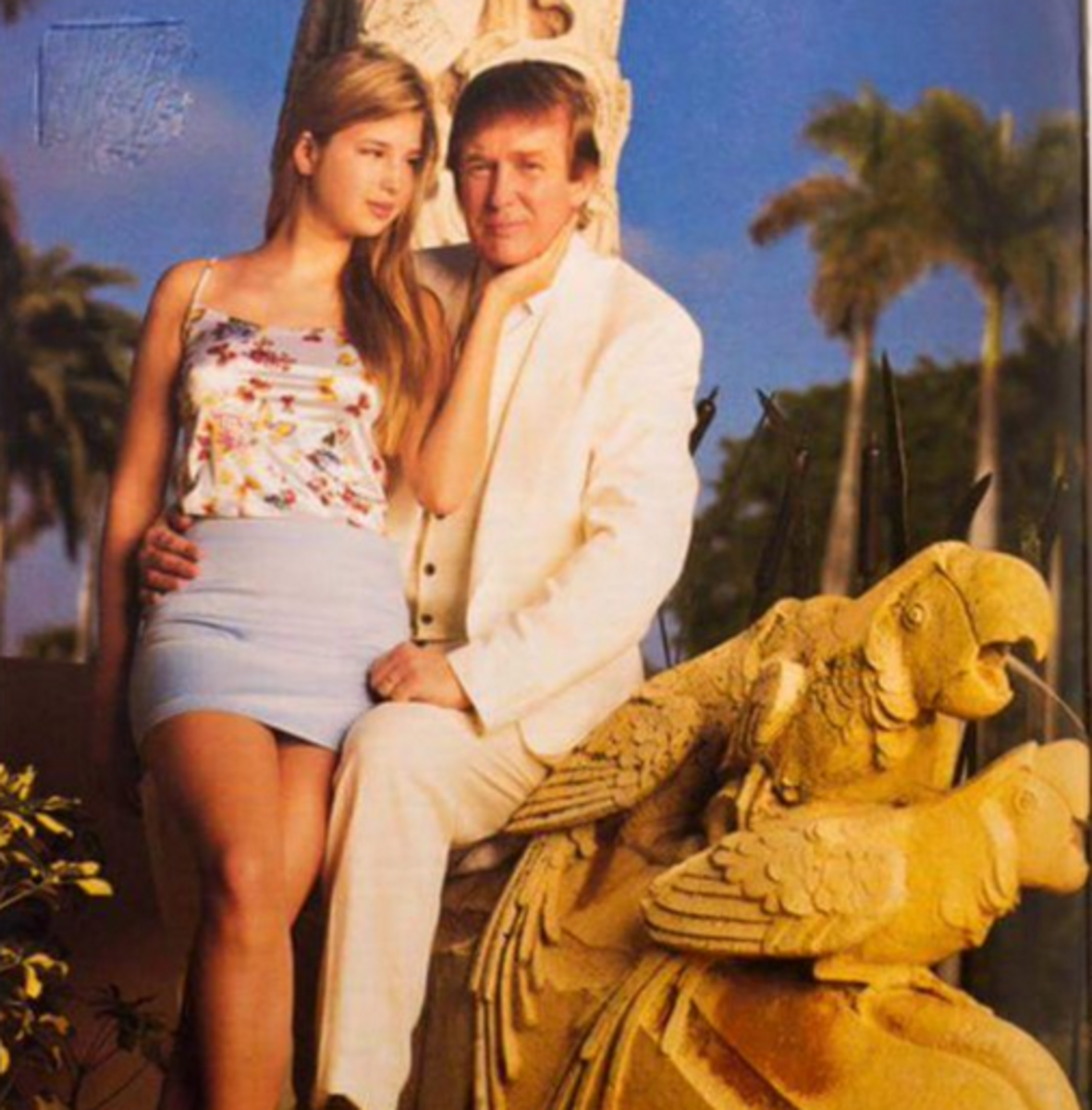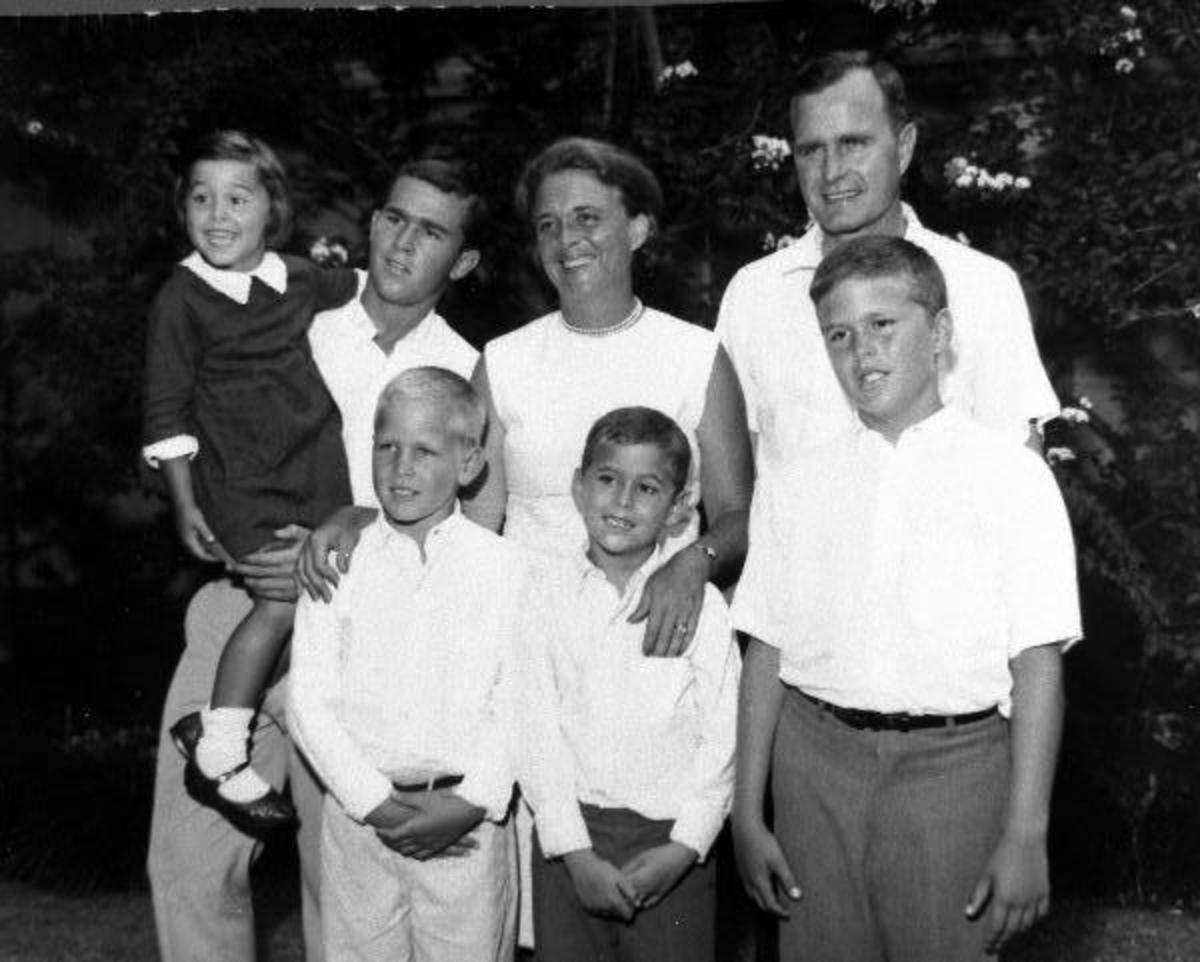On Principle and Pragmatism Ib - U.S. Constitutional Convention: The Story Behind the Great Experiment [184]
"FATHER OF THE CONSTITUTION" - JAMES MADISON
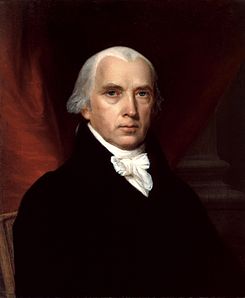
JAMES MADISON, THE CHRONICALER
WHAT ACTUALLY OCCURRED DURING THE CONSTITUTIONAL CONVENTION was kept secret for a long time. In fact, the only comprehensive report on the Convention's happenings were taken and maintained by James Madison, but not released until after his death. Madison believed that it was best the public did not know about the give and take which took place during the Convention's debates for fear it might impede the success of the fledgling Union.
But, now we do know what took place, compliments of Madison's comprehensive notes and it is fascinating to read; it is a shame it is not taught in our nation's educational system. With the understanding that I am going to be guilty of making a huge understatement, let me say the U.S. Constitution is the poster child for compromise and kicking the can down the road. As tongue-in-cheek as that may seem, it is critical in understanding why the Constitution is the way it is and how its framers intended it to be used in the future.
Why is the Constitution a model of compromise, something the 55 men at the Convention understood is the essence in the art and science of politics, but seems to have been forgotten today by the one group who tries to identify themselves with protecting the Constitution. There are two principal reasons this is so. The first is they knew that if they were to produce a Constitution which could get majority votes in the Convention, compromise was an essential ingredient. Secondly, the framers were also well aware that the Constitution must be written in such a way as to get the requisite number of states to approve it, even if the delegates from the various states liked it; they were all aware what happened 20 years earlier with Ben Franklin's Albany Plan, the first attempt to for a confederation.
It was also with that second goal in mind, the Constitution's writers chose to "kick the can down the road" rather than include something in document which would be objectionable to one state or another. For example, the electoral college was a result of this "can kicking". We will get into the details later, but suffice it to say, these wise men pushed the decision on how the President was going to be elected off to future state legislatures. Rather than define exactly how this process was to be done, they instead created this electoral college which each state had to figure out they were going to choose these electors who would vote for the President of the United States of America.
There were many obstacles to overcome, some just as contentious as anything we see today. But, overcome them they did, and this is their story.
PRESIDENT OF THE CONVENTION - GEORGE WASHINGTON
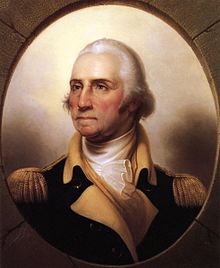
THE FOLLOWING STORY IS ESSENTIALLY a book report from the notes James Madison took during the Convention's proceedings. He understood the need to chronicle what took place for posterity, and, as you will see, was the perfect man to do such. You see, not only was Madison a great note taker, he was also one of the few men who foresaw the need for and proposed the basic structure the new federal government was to assume. He, like Benjamin Franklin and John Adams, looked to history to understand how and why certain governments worked or, more importantly, didn't work. These men read, in addition to John Locke, Thomas Hobbes, Humes, and Montesquieu, such thinkers like Plato, Aristotle, and Cicero. They also studied the ancient Greek and Roman forms of government as well as their immediate predecessor, the British constitutionally-based form. They weren't alone in their rehearsals in preparation for what was to come and this knowledge-base became the foundation on which our Constitution was built.
Madison began his notes with a review of what led up to and was the catalyst for this Constitutional Convention. It is a convincing set of observations that shed a bright light on what was not working, why it was not working, and what needed to be done about. Consequently, that is were I begin.
ONE OF THE CONSTITUTION'S PRINCIPAL ARCHITECTS - ALEXANDER HAMILTON
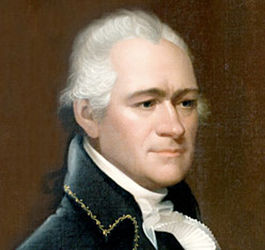
A FLAWED START - THE ARTICLES OF CONFEDERATION
IN MADISON'S INTRODUCTION TO THE "NOTES" of the Constitutional Convention he provides a history of the problems with what was then the current form of government in confederated States. As flawed as this new attempt at self-governance was, the Articles of Confederation established two great principles, 1) the Articles established a "perpetual" union, establishing the first institutional expression of a united States, and 2) that a written contract or constitution could be created where each state gave up an agreed upon set of state's rights to a central government for the good of the whole.
While the Declaration of Independence did not create a government, it was designed to leave one after all, the Articles did. But, what was created was designed in an environment where the States generally opposed to and, in fact, afraid of a central authority. As a result, the outcome of the deliberations led to an extremely weak Constitution; and that created problems.
Madison begins with an explanation of why people and states come together to set up why the Colonies did the same. He notes (the spelling shorthand is Madison's):
"As the weakness and wants of man naturally lead to an association of individuals, under a common authority whereby each may have the protection of the whole against danger from without, and enjoy in safety within, the advantages of social intercourse, and an exchange of the necessaries & comforts of life: in like manner feeble communities, independent of each other, have resorted to a Union, less intimate, but with common Councils, for the common safety agst powerful neighbors, and for the preservation of justice and peace among themselves."
Now, applying this logic, he addresses the colonies:
"It remained for the British Colonies, now United States, of North America, to add to add to those examples, one of a more interesting character than any of them: which led to a system without a [4] example ancient or modern, a system founded on popular rights, and so combing, a federal form with the forms of individual Republics, as may enable each to supply the defects of the other and obtain the advantages of both."
The Continental Congress wasn't the first attempt by the Colonies to unite. Twenty years before the Articles, in an attempt to work within the British Constitution, Benjamin Franklin proposed the Albany plan. Madison says of this:
[Referring to Benjamin Franklin’s “Albany Plan” of 1754 to implement a confederation of united colonies with a President General, appointed by the King, and assisted by a Grand Council, selected by the various colonial legislatures] a meeting of Colonial deputies took place at Albany, which attempted to introduce a compromising substitute, that might at once satisfy the British requisitions, and save their own rights from violation. [while passed by all of the attending delegates, the King rejected it, but more importantly, so did all seven colonial legislatures; there was no desire for a union!]
No desire for a union! It seems strange today that at one point in our history, the idea of confederation was abhorrent to our forefathers. Nevertheless, times change and:
[Twenty years later, in 1774, the colonial mood had changed,
somewhat] The First Continental Congress] … had been such that
the Colonies did not hesitate to assemble, by their deputies,
in a formal Congress, authorized to oppose to the British
innovations whatever measures might be found best adapted to
the occasion; without however losing sight of an eventual
reconciliation.
Note that last underlined phrase by Madison; even with the First Continental Congress the colonial leaders hoped to live as Englishmen. But, that lasted only a year -:
The dissuasive measures of that Congress, being without effect, another Congress was held in 1775, whose pacific efforts to bring about a change in the views of the other party, being equally unavailing, and the commencement of actual hostilities having at length put an end to all hope of reconciliation; the Congress finding moreover that the popular voice began to call for an entire & perpetual dissolution of the political ties which had connected them with G. B., proceeded on the memorable 4th of July, 1776 to declare the 13 Colonies, Independent States. [the Declaration of Independence]
It was during the Revolutionary War that this confederation of friendly States (Article 3 of the Articles of Confederation) was found wanting. On July 21, 1775], Benjamin Franklin submitted a document he had sketched out entitled "Articles of Confederation & perpetual Union of the Colonies" to the Second Continental Congress. Immediately there were problems in agreement between the colonies; Madison says:
"The great difficulty experienced in so framing the fedl system as to obtain the unanimity required for its due sanction, may be inferred from the long interval, and recurring discussions, between the commencement [1776] and completion of the work [Mar 1, 1781]
THE BATTLE JUST BEGINS
MADISON OUTLINES THE REASONS for why it took five years for the thirteen colonies to come to an agreement. However, dear reader, you will need to wait for Part Ic for the rest of the story.
RELATED LINKS
- On Principle and Pragmatism Ia - U.S. Constitutional...
The Constitutional Convention, probably the most important gathering of men in the history of the United States and the second most important gathering in the history of the united States. It started out simply as an exercise to strengthen the Articl - On Principle and Pragmatism II - Ratification of the...
Most Americans, including most Conservatives and Tea Party types, as well as Democrats, are not aware how close we came to not having an America at all. Roughly 50% of colonialists wanted something more like the what the European Union is today, exce - On Principle and Pragmatism IIIa - Plato, Washington...
The foundation for the U.S. Constitution stretch all the way back to 400 B.C. Our Founding Fathers read extensively of the works of Plato and Aristotle. These two great thinkers, among others, had great influence on what our government looks like tod - On Principle and Pragmatism IIIb - Plato, Washington...
http://myesoteric.hubpages.com/hub/On-Principles-and-Pragmatism-IIIb-Plato-Washington-Adams-Jefferson-and-the-US-Constitution-81 - On Principle and Pragmatism IIIc - Plato, Washington...
The foundation for the U.S. Constitution stretch all the way back to 400 B.C. Our Founding Fathers read extensively of the works of Plato and Aristotle. These two great thinkers, among others, had great influence on what our government looks like tod - On Principle and Pragmatism IV - What do Plato, Aris...
What are the philosophical underpinnings of the Democratic and Republican political theories; they have very deep roots going back to 400 B.C.E. and two of the most famous thinkers in history. Come read. - On Principle and Pragmatism VI: What is the Role of ...
Marbury v. Madison is probably not very well known amongst the U.S. citizenry even though it has had one of the biggest impacts on American lives in our history. - On Principle and Pragmatism Va: What Does Limited Go...
This is another in my series on Priciple and Pragmatism which looks at American Constitutional History and tries to apply it to today. This Hub, - On Principle and Pragmatism Vb: What Does Limited Go...
This is another in my series on Priciple and Pragmatism which looks at American Constitutional History and tries to apply it to today. This Hub, - On Principle and Pragmatism Vc: What Does Limited Go...
This is another in my series on Priciple and Pragmatism which looks at American Constitutional History and tries to apply it to today. This Hub,
AMAZON ON THE CONSTITUTION
© 2013 Scott Belford


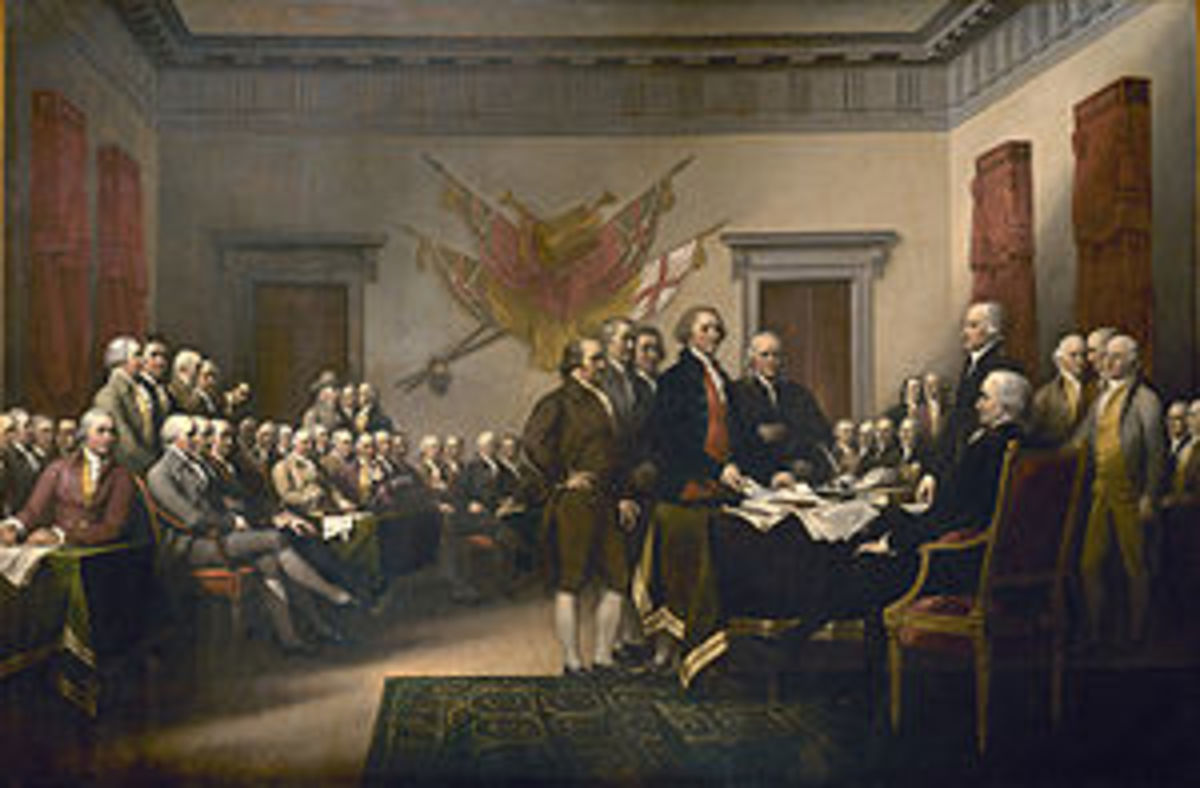
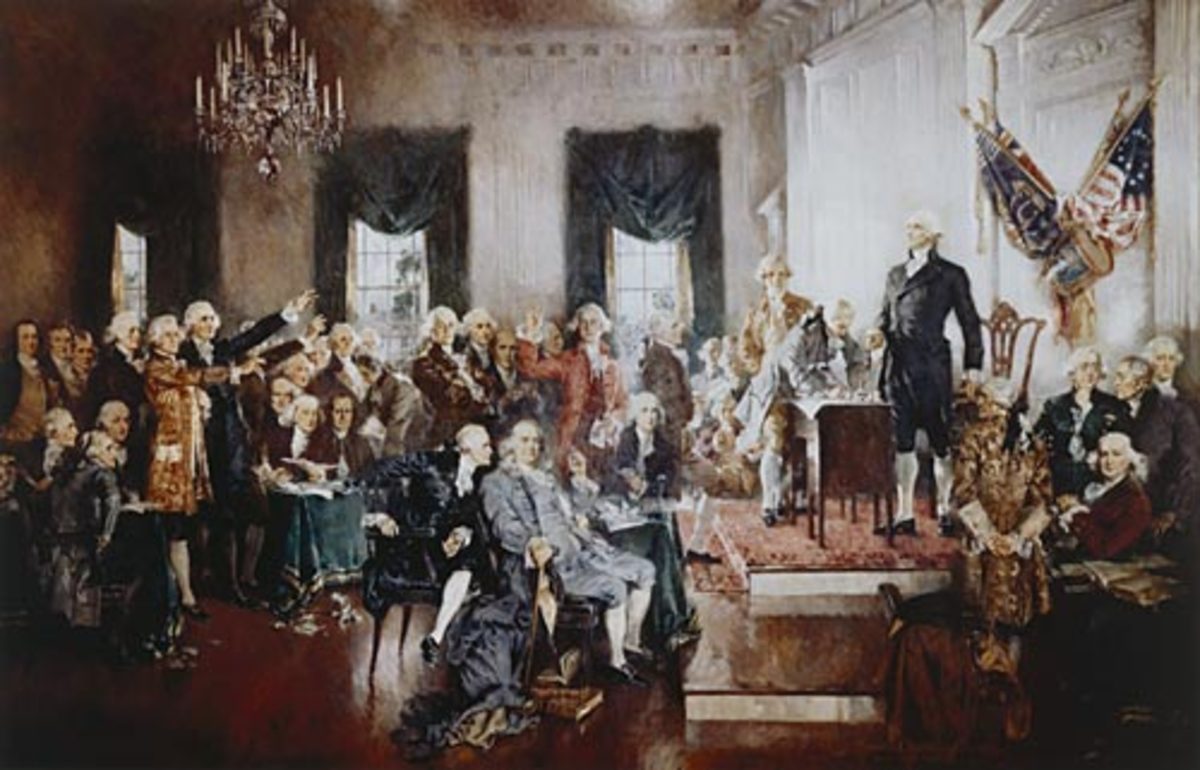

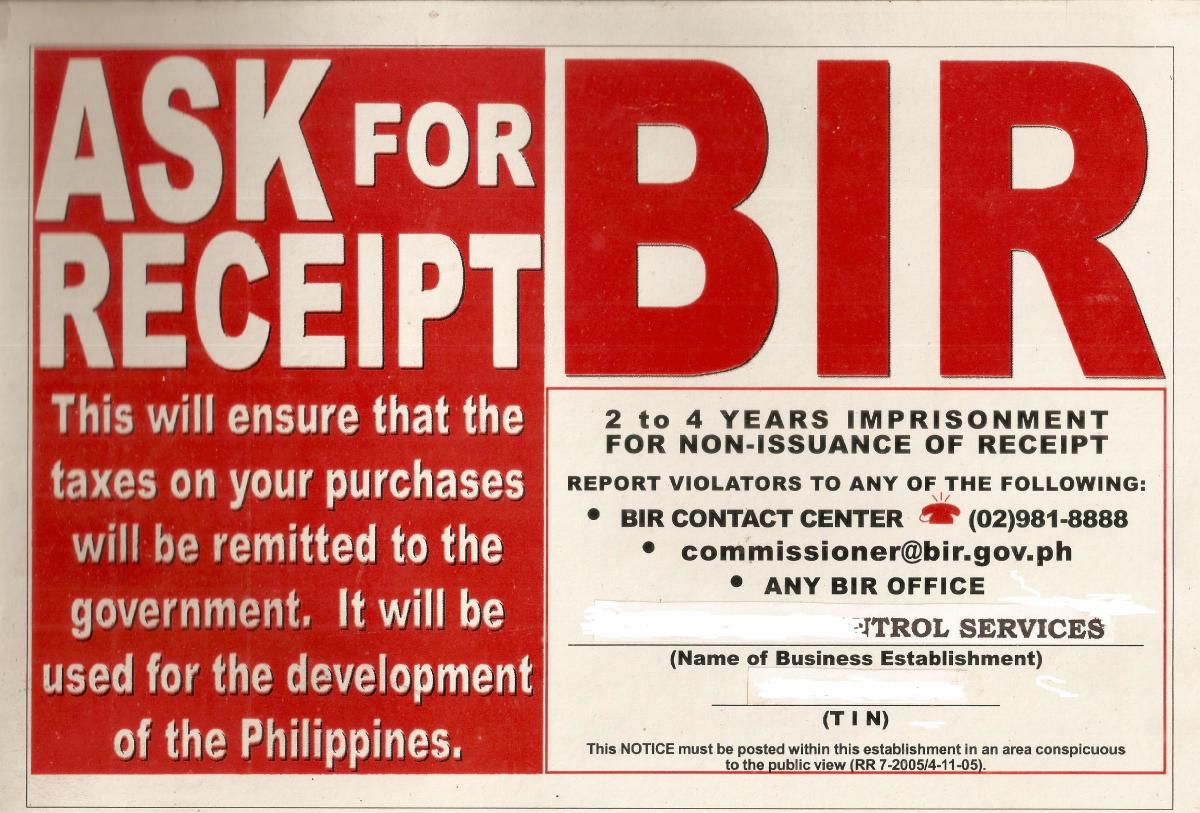
![On Principle and Pragmatism Ia - U.S. Constitutional Convention [9]](https://usercontent2.hubstatic.com/13151065_f120.jpg)
